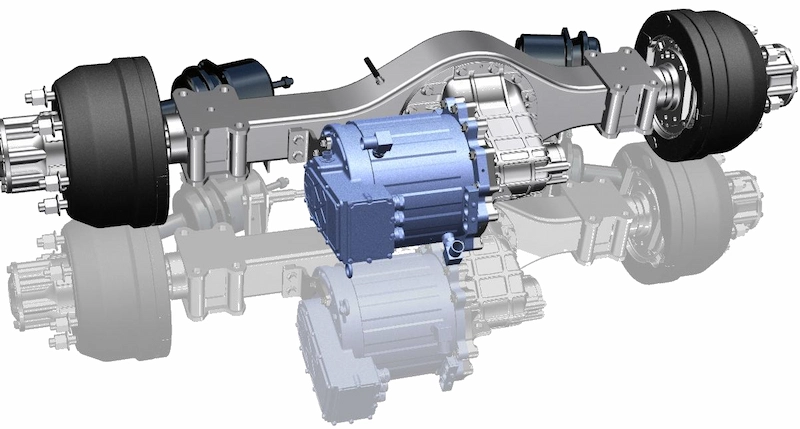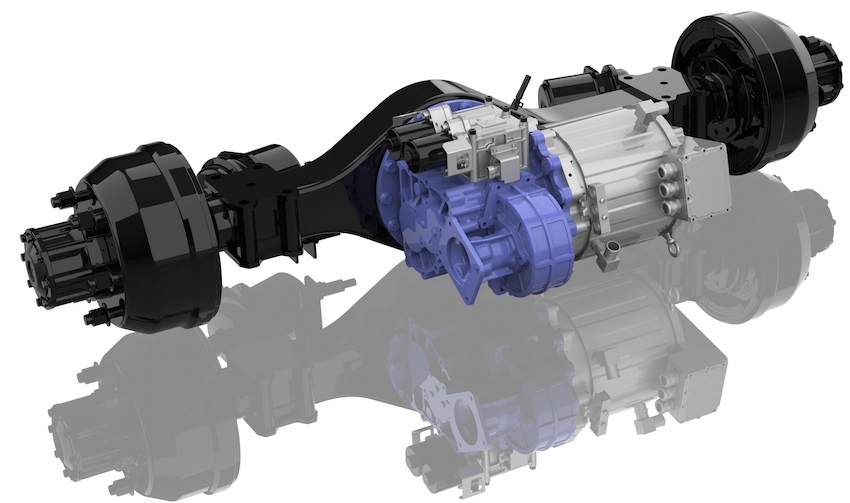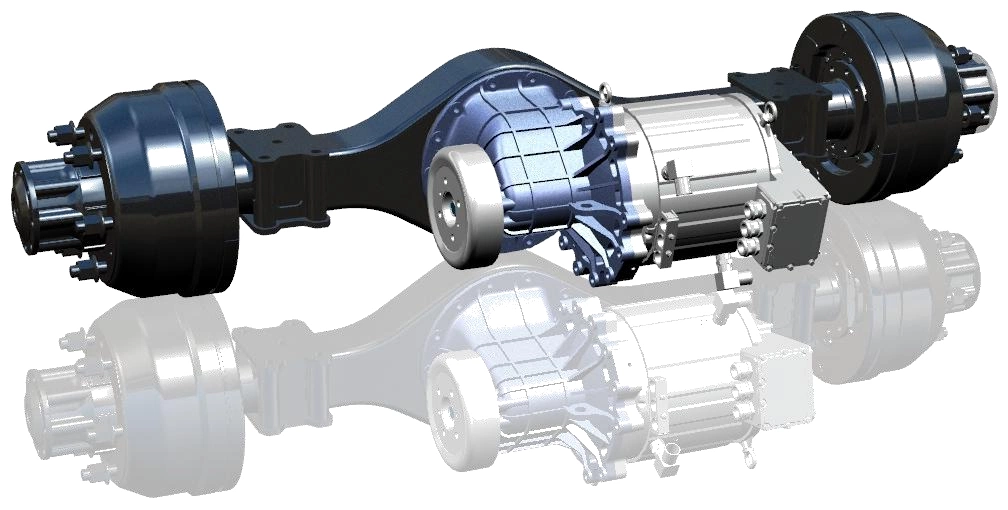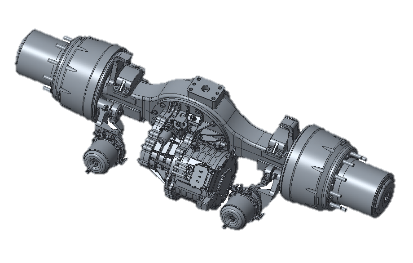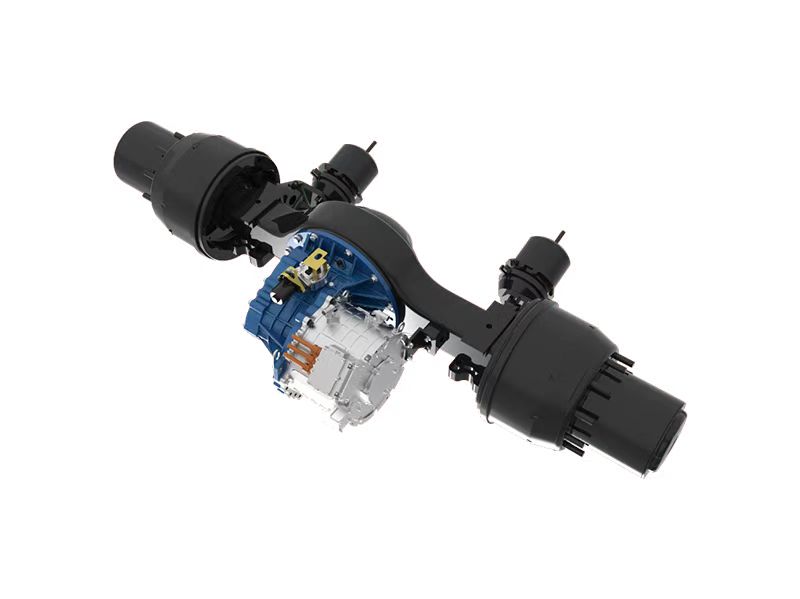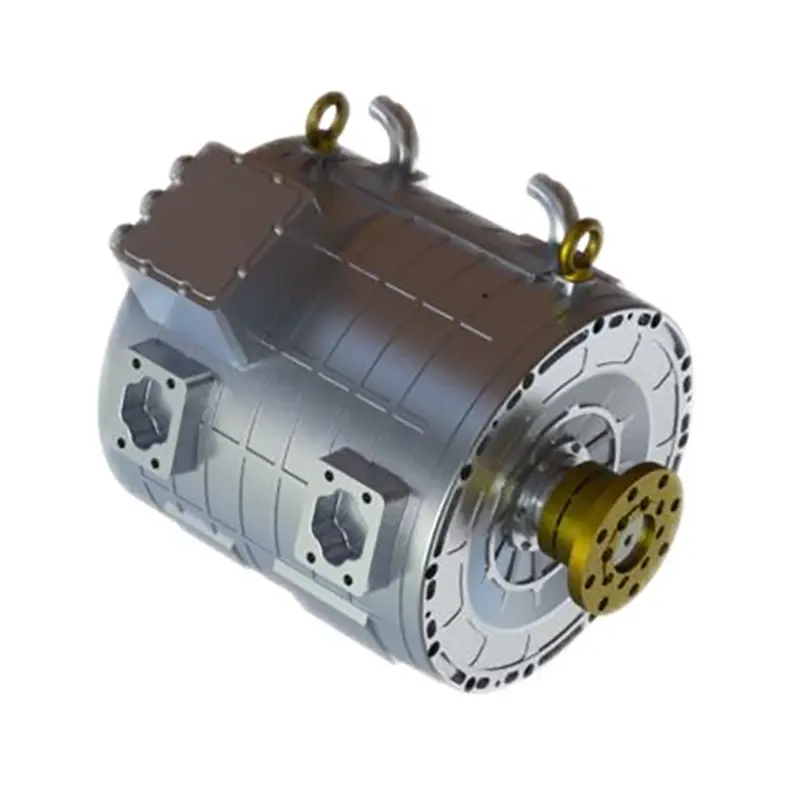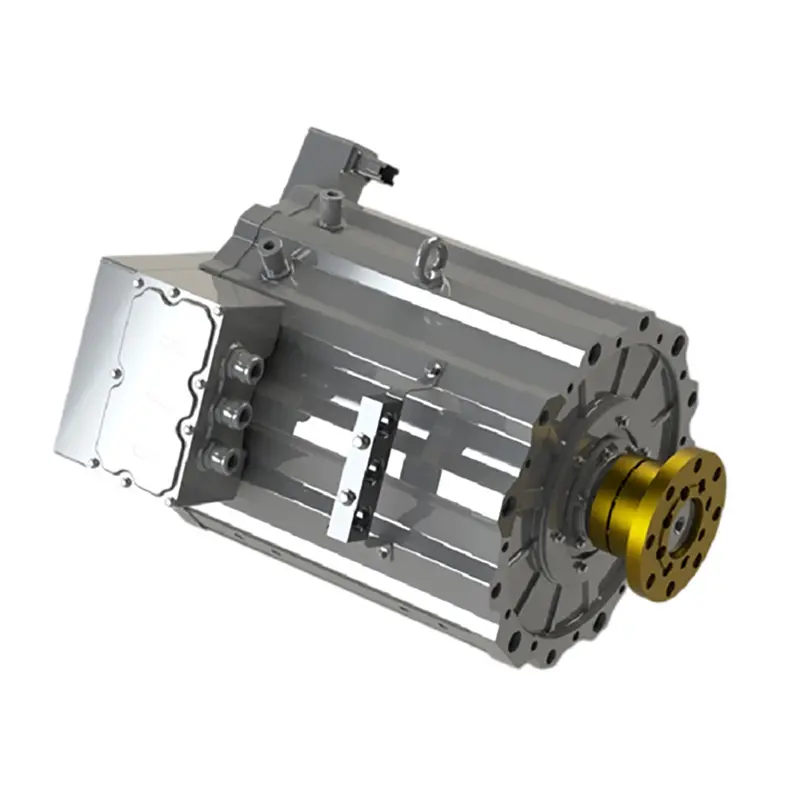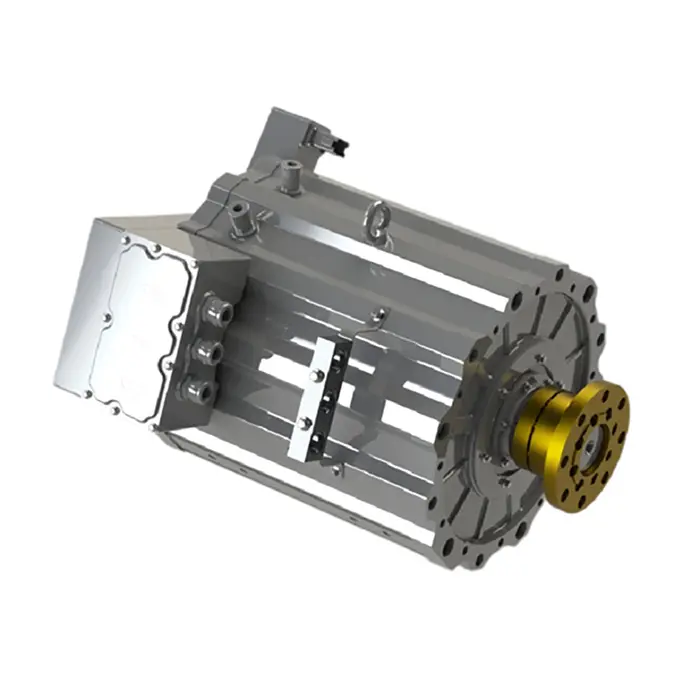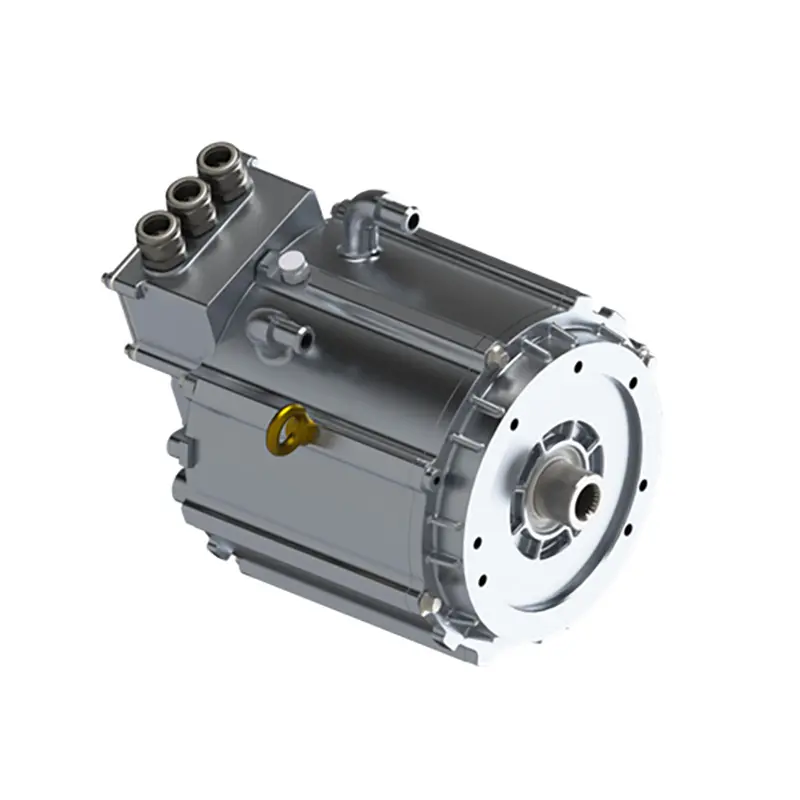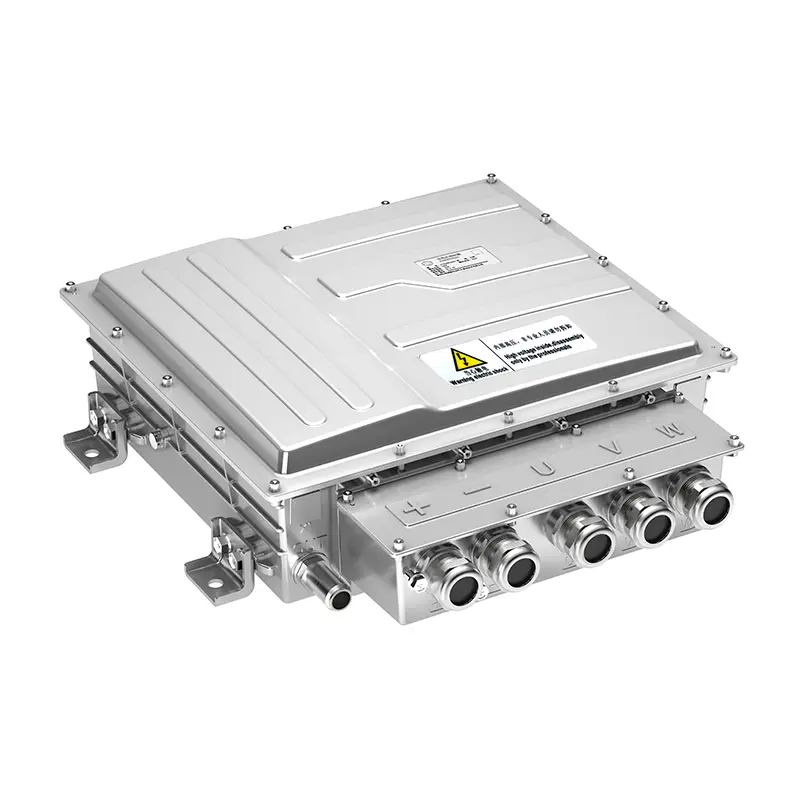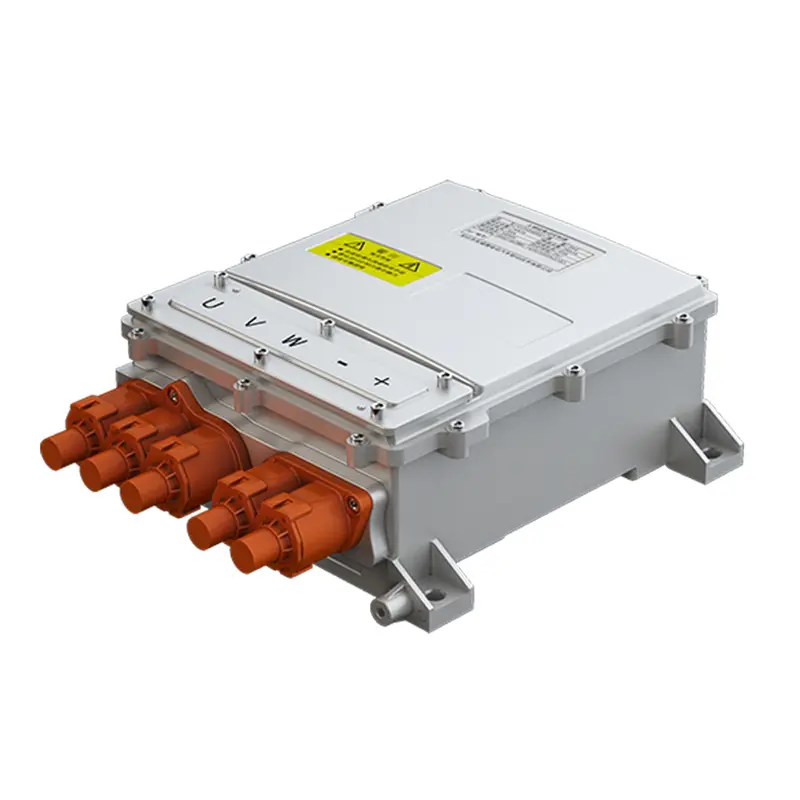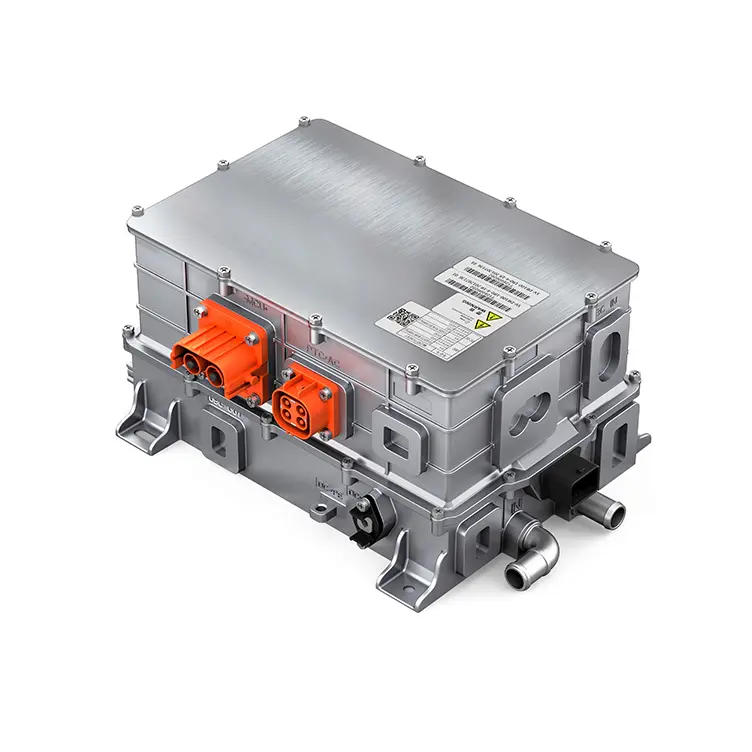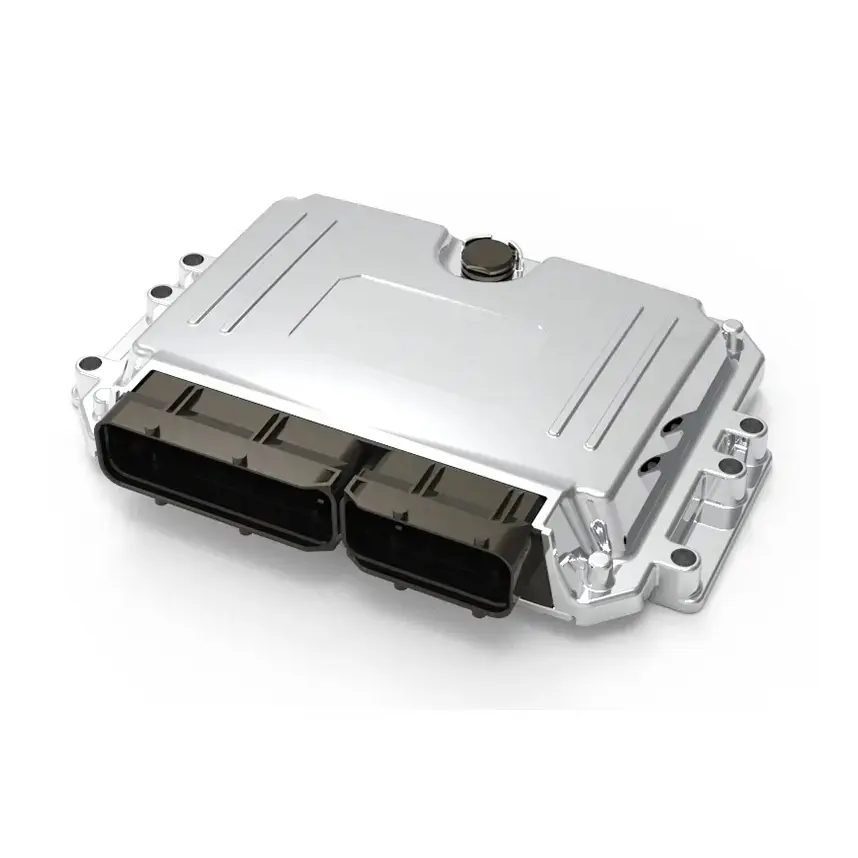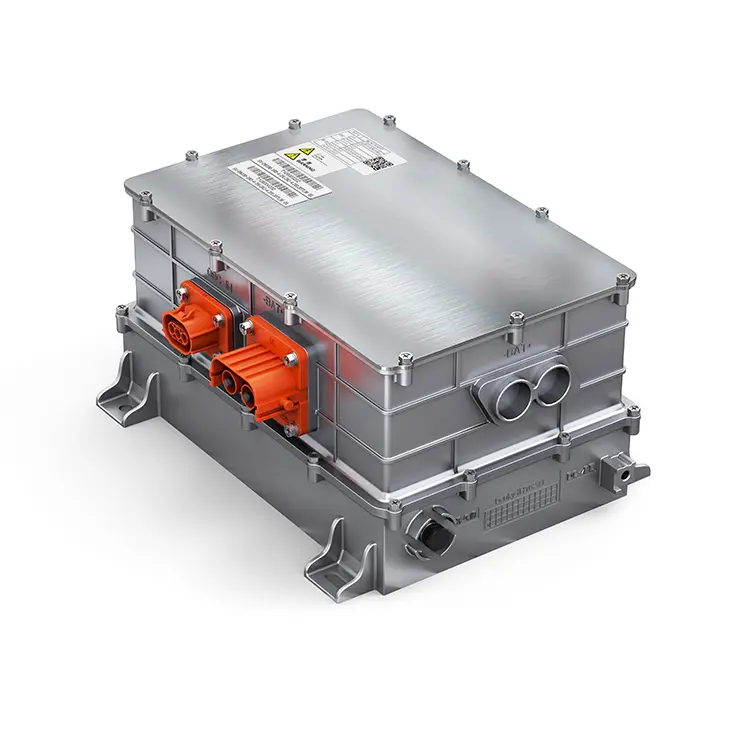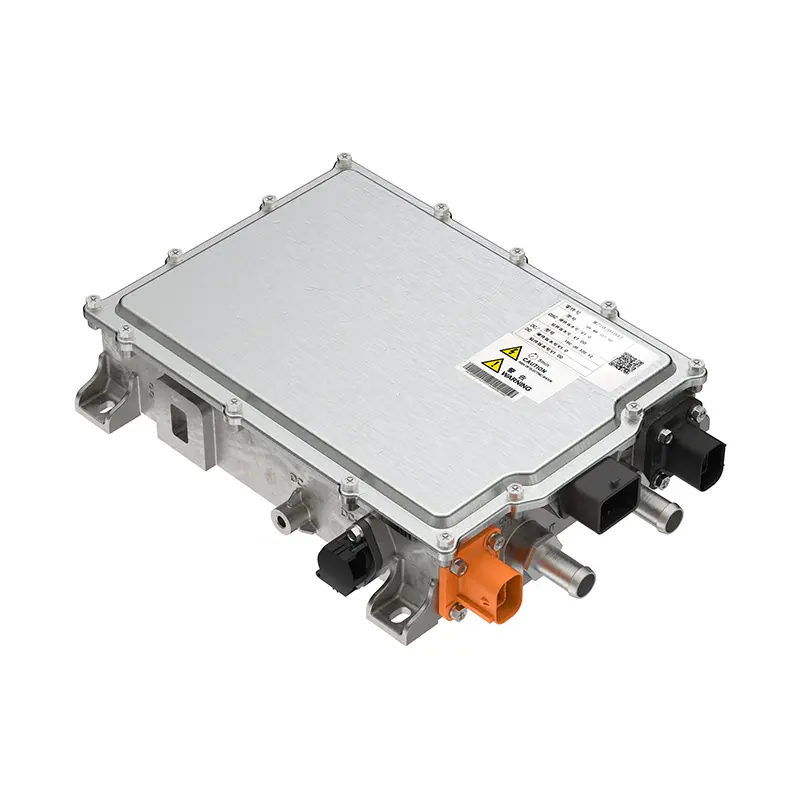PUMBBA EV Vehicle Control Module: Precision Control for Intelligent Electric Mobility
The PUMBBA EV vehicle control module is the central intelligence of your electric vehicle’s drivetrain, designed to seamlessly manage and optimize the interaction between electric vehicle motors and controllers. As a next-generation vehicle electronic control unit (ECU), it ensures real-time coordination across all key systems—delivering precise torque control, efficient power distribution, and enhanced safety mechanisms.
Our advanced VCU in an electric vehicle enables dynamic monitoring of motor performance, battery status, regenerative braking, and thermal management systems. It processes high-speed data from sensors and subsystems, ensuring that every component of the EV operates in harmony for maximum efficiency, responsiveness, and durability. Built for flexibility and scalability, the PUMBBA vehicle control module is engineered to integrate easily with a wide range of EV architectures—from passenger cars to commercial EV platforms.
Its robust software algorithms support a wide variety of drive modes and enable over-the-air updates for continuous performance improvements. Whether you're developing a new EV platform or upgrading an existing system, PUMBBA’s ECU offers a high-performance, future-proof solution that brings together power, intelligence, and control. Experience unmatched reliability and vehicle dynamics with our industry-leading electric vehicle control technology.
Category list

Versatility for Diverse Applications
Handles the increasing diversity in vehicle variants and functions seamlessly. Supports a wide range of applications, including electrified passenger cars, trucks, off-highway vehicles, and even traditional combustion engines.

Exceptional Processing Power
Equipped with high-performance microcontrollers to manage complex interconnected systems. Enables high-level functions like torque coordination, gearshift strategies, high-voltage system integration, thermal management, and onboard diagnostics.

Simplified Integration and Modularity
Coordinates powertrain components while enabling seamless integration of new functions like inverter and battery management, charging control, and more. Modular and configurable hardware/software ensures scalability and future-proof designs tailored to customer needs.

Resource Optimization and Efficiency
Introduces a new level of abstraction in E/E architecture, simplifying powertrain component management. Reduces reliance on subsidiary control units, saving both resources and operational costs.

Versatility for Diverse Applications
Handles the increasing diversity in vehicle variants and functions seamlessly. Supports a wide range of applications, including electrified passenger cars, trucks, off-highway vehicles, and even traditional combustion engines.

Exceptional Processing Power
Equipped with high-performance microcontrollers to manage complex interconnected systems. Enables high-level functions like torque coordination, gearshift strategies, high-voltage system integration, thermal management, and onboard diagnostics.

Simplified Integration and Modularity
Coordinates powertrain components while enabling seamless integration of new functions like inverter and battery management, charging control, and more. Modular and configurable hardware/software ensures scalability and future-proof designs tailored to customer needs.

Resource Optimization and Efficiency
Introduces a new level of abstraction in E/E architecture, simplifying powertrain component management. Reduces reliance on subsidiary control units, saving both resources and operational costs.
FAQs for VCU in electric vehicle
Vehicle Control Units are often tasked with optimizing thermal management systems, ensuring efficient battery temperature regulation, and minimizing energy losses. This integration reduces thermal inefficiencies while maintaining vehicle performance.
The VCU manages regenerative braking by balancing the distribution of kinetic energy recovery and battery recharging, maximizing energy efficiency and extending range without compromising braking performance.
Advanced ECUs and VCUs use encryption, intrusion detection systems, and secure boot protocols to protect communication channels and vehicle operations from potential cyberattacks targeting electric vehicle systems.
VCUs facilitate OTA updates by acting as a gateway for software enhancements, enabling continuous improvement of vehicle features such as battery optimization, adaptive driving modes, and fault diagnostics.
In hybrid vehicles, ECUs and VCUs must manage dual propulsion systems (internal combustion and electric), whereas in fully electric vehicles, they focus entirely on electric powertrain optimization, battery management, and seamless energy flow control.
Blog
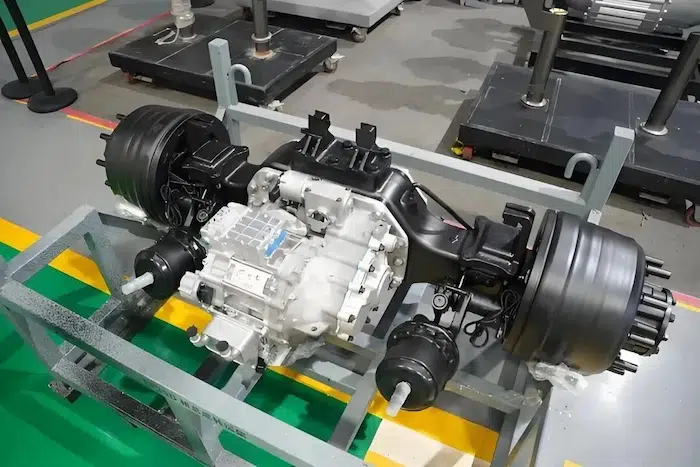
Light Truck Electric Drive Axle: The Core Power System for New Energy Logistics

PUMBAAEV Electric Vehicle Parts Manufacturer
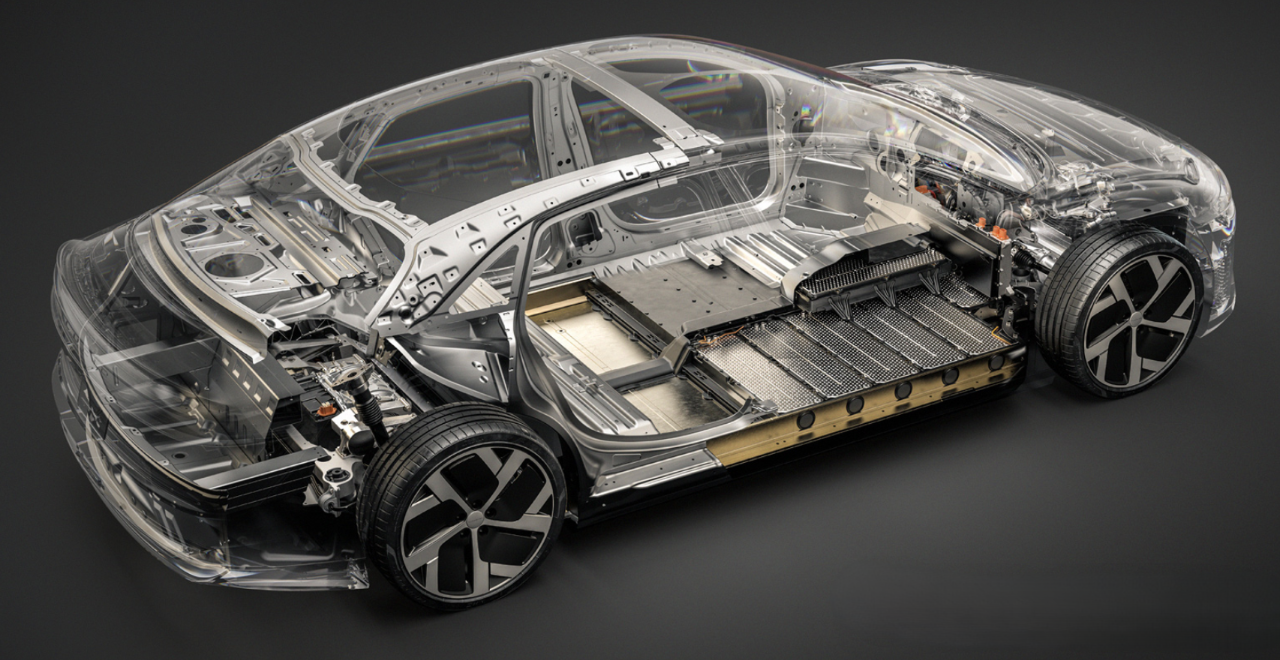
Contact Pumbaaev Drive Tech











